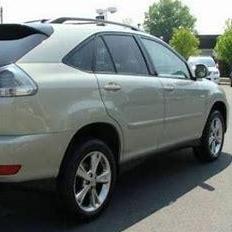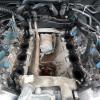transmission Lexus es300 Trans Shift Issues In Cold Tempertures
-
Similar Content
-
- 3 replies
- 2,488 views
-
- 2 replies
- 4,995 views
-
- 0 replies
- 1,649 views
-
- 1 reply
- 1,991 views
-
- 3 replies
- 3,979 views
-








Recommended Posts
Join the conversation
You can post now and register later. If you have an account, sign in now to post with your account.